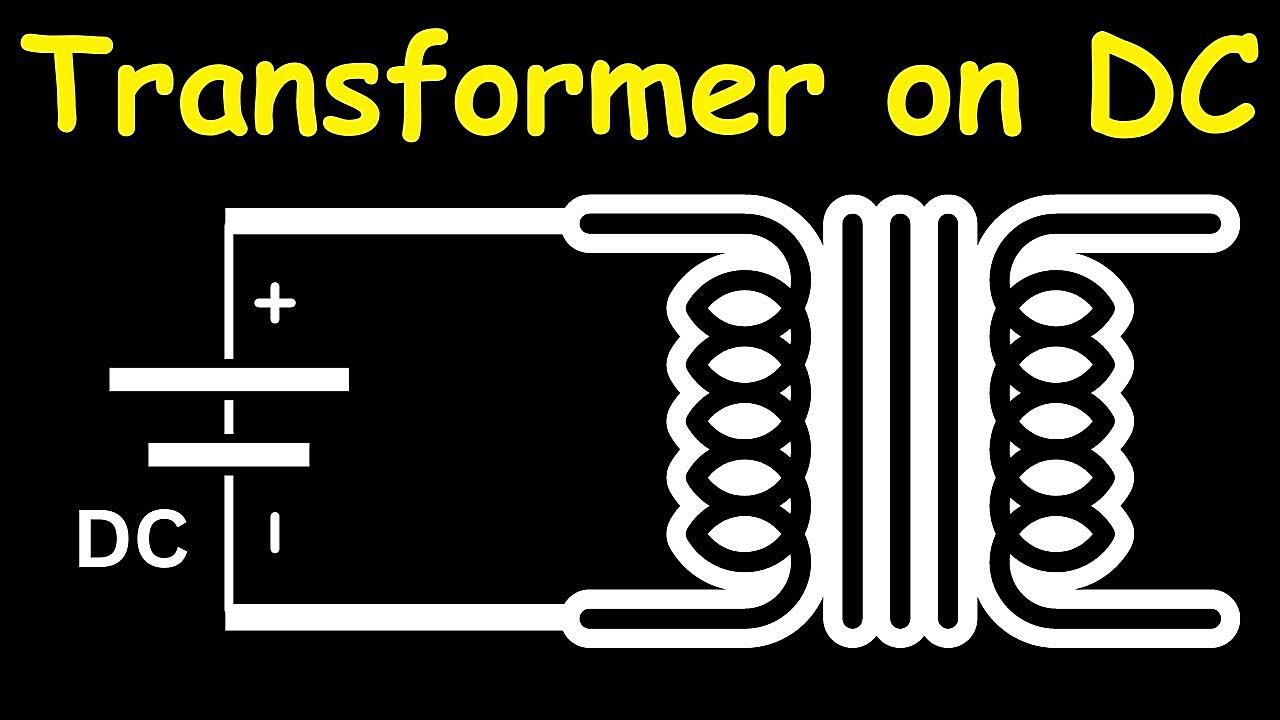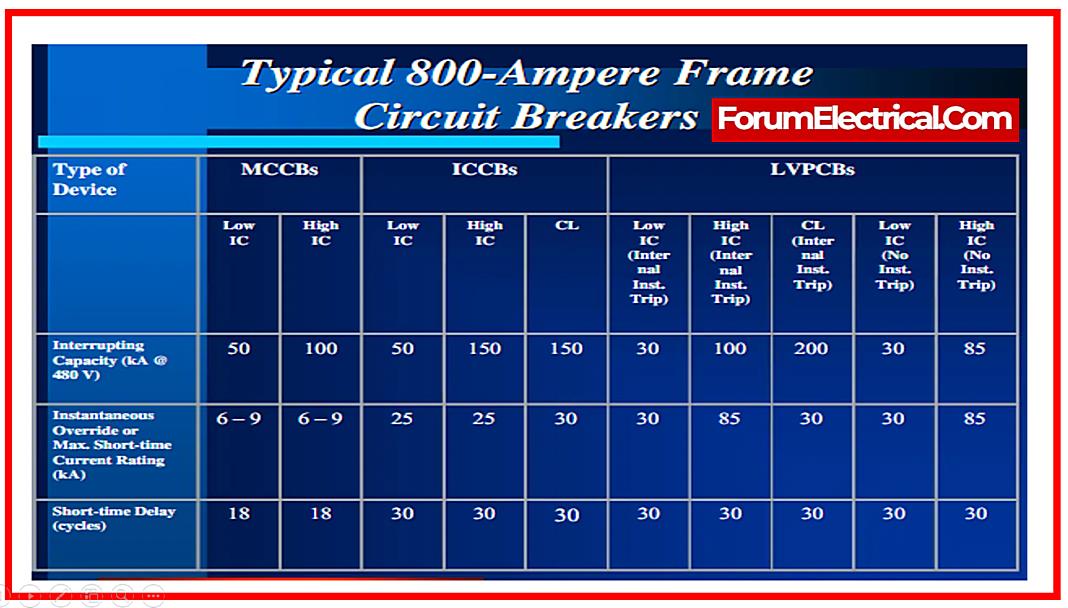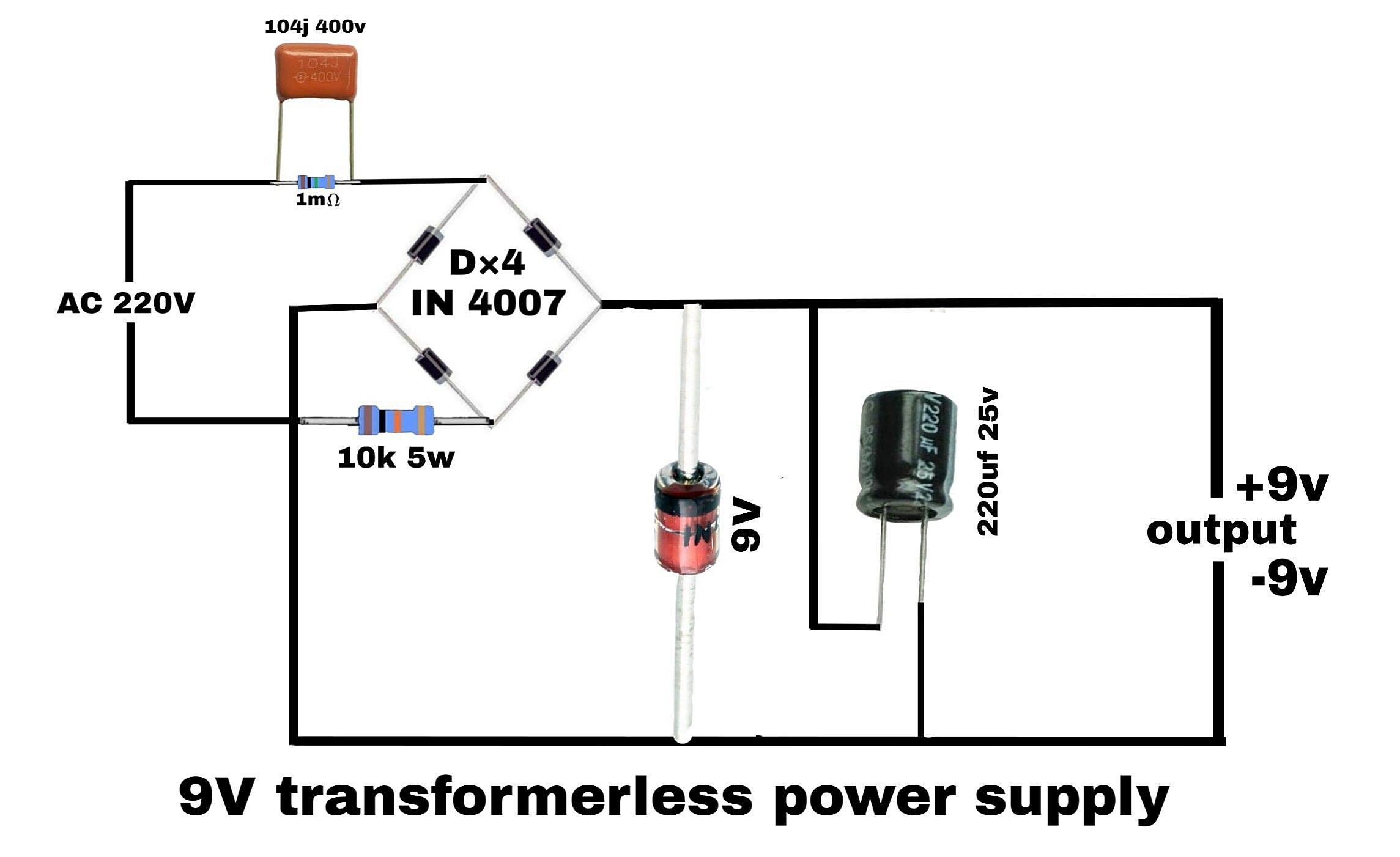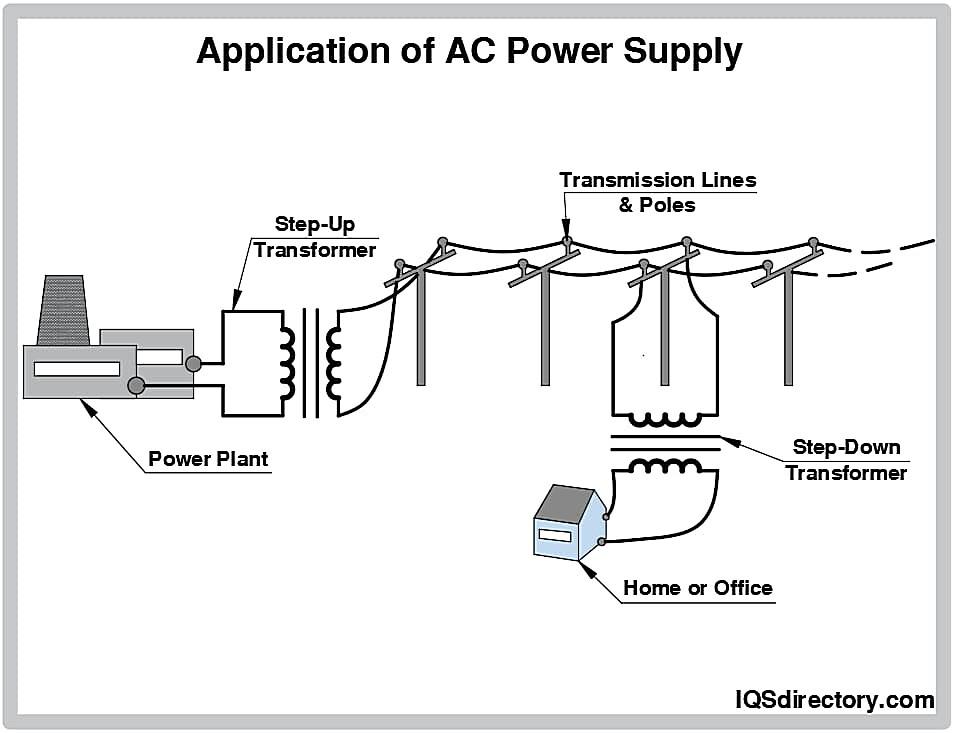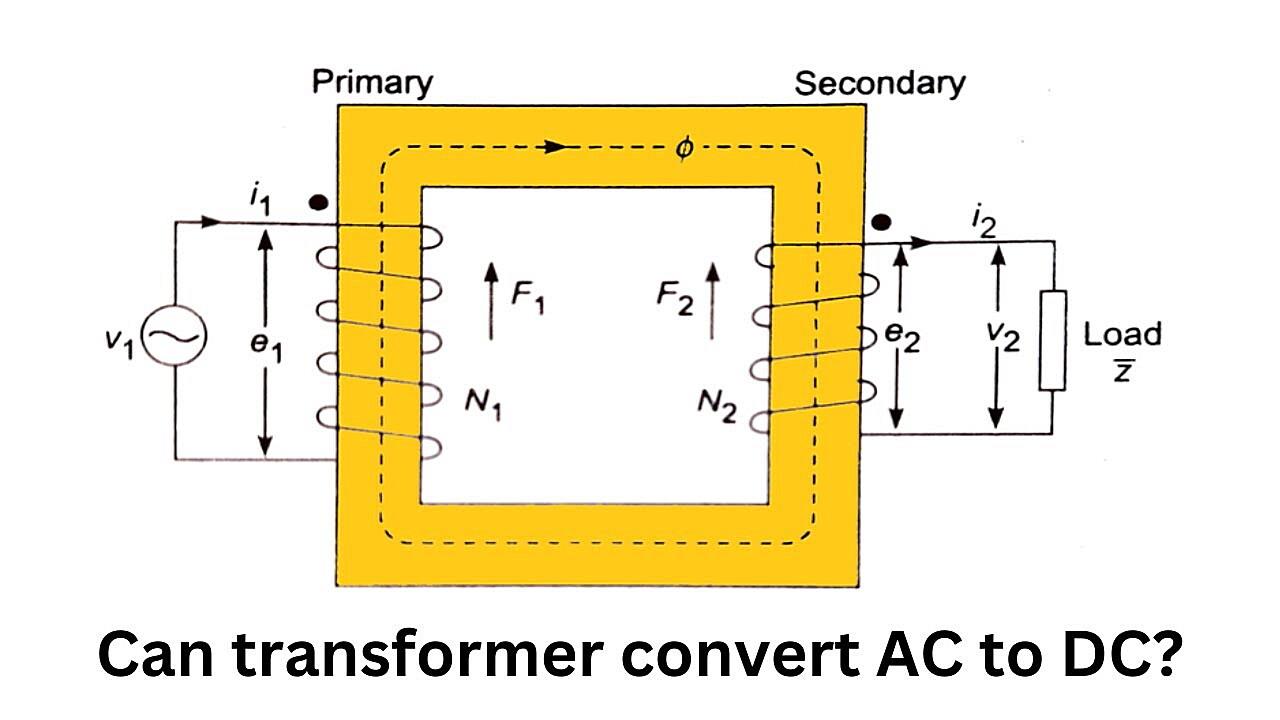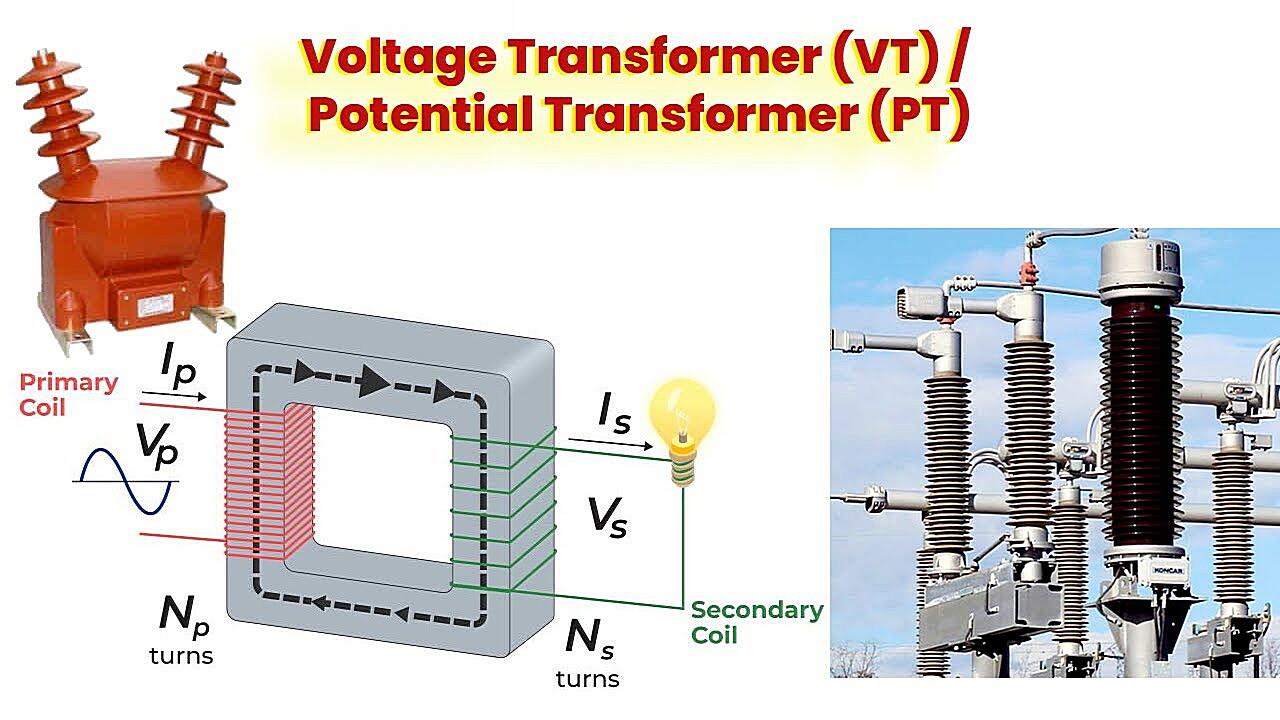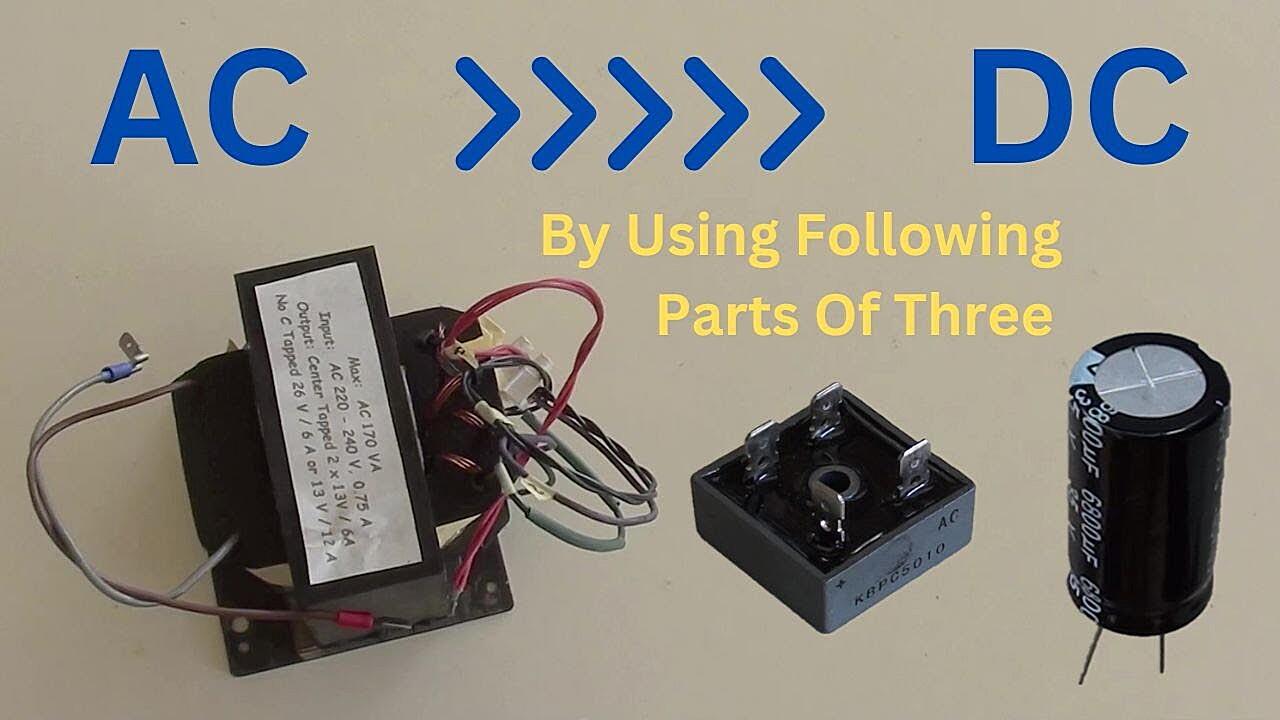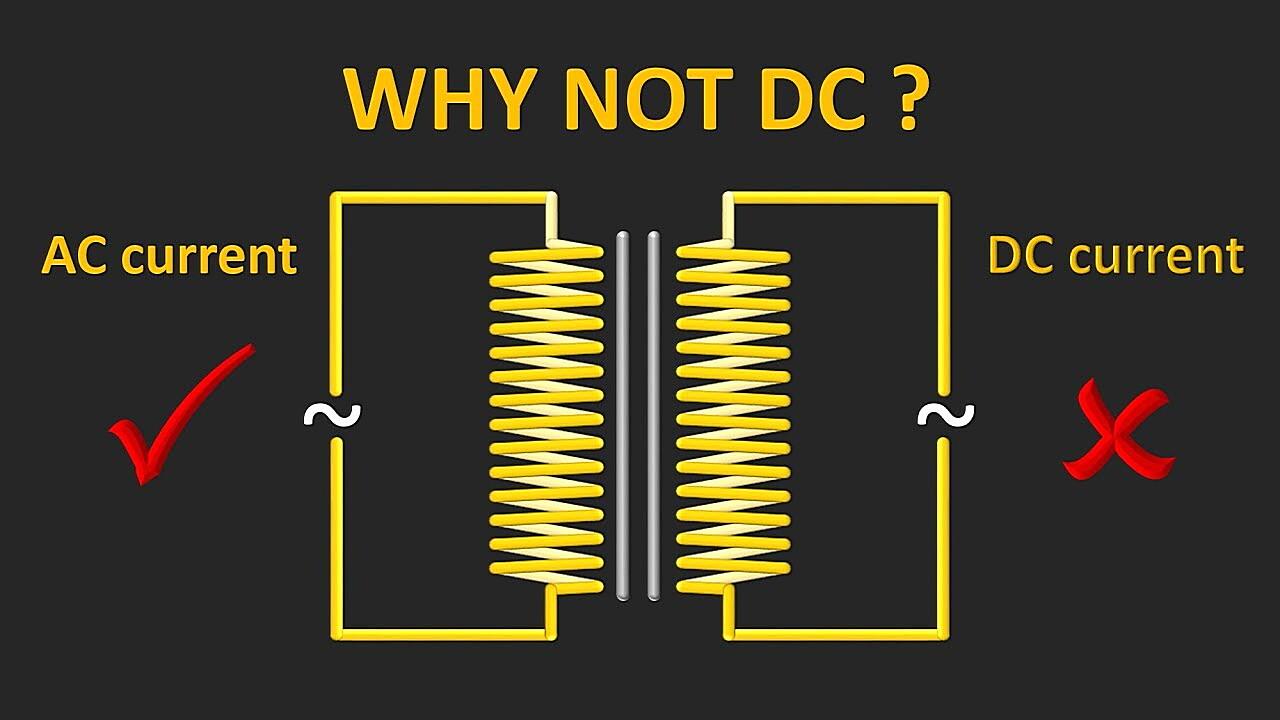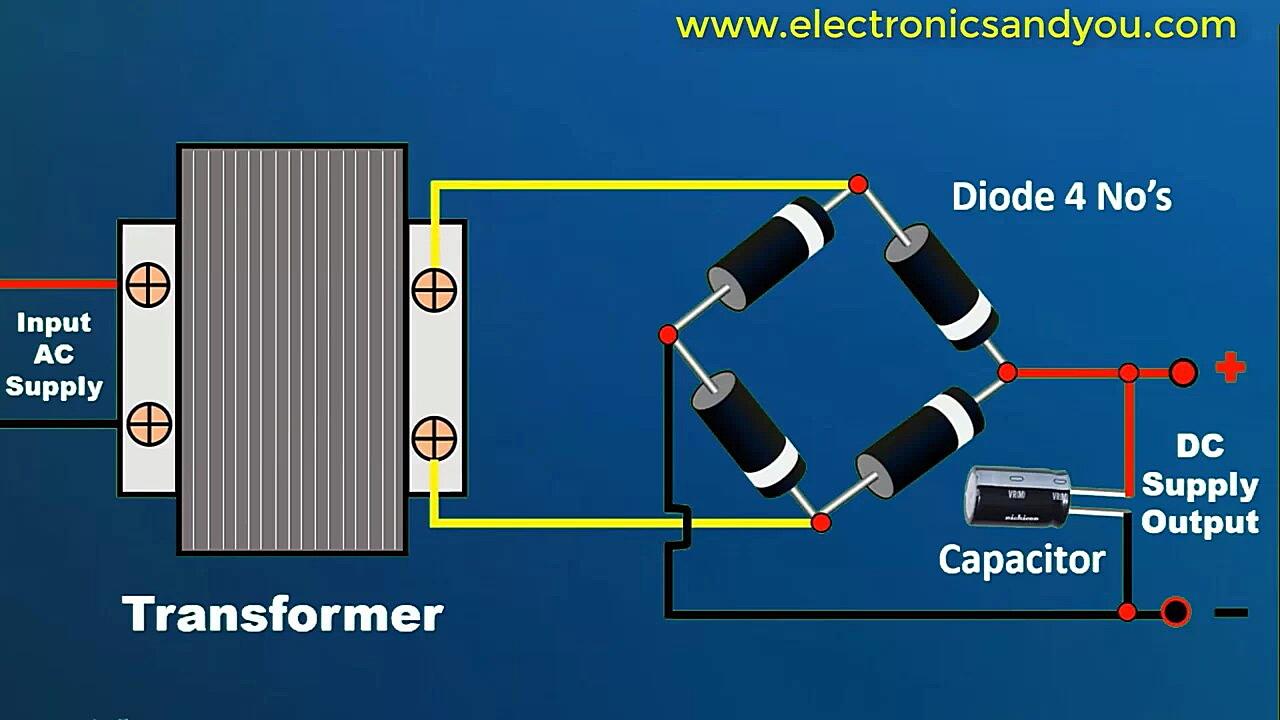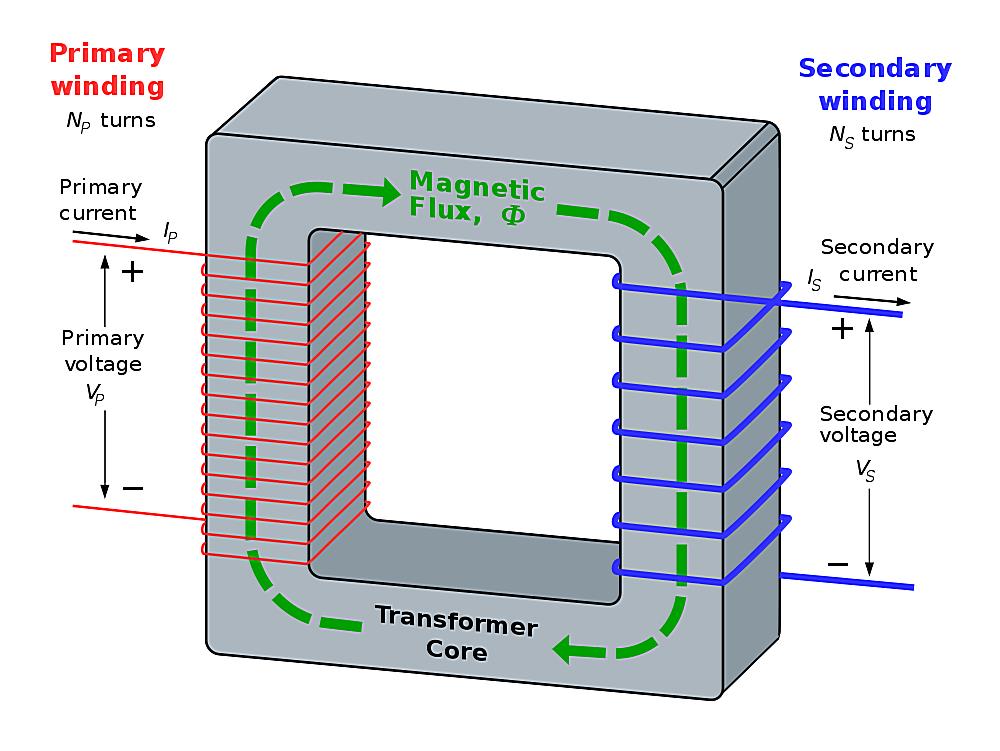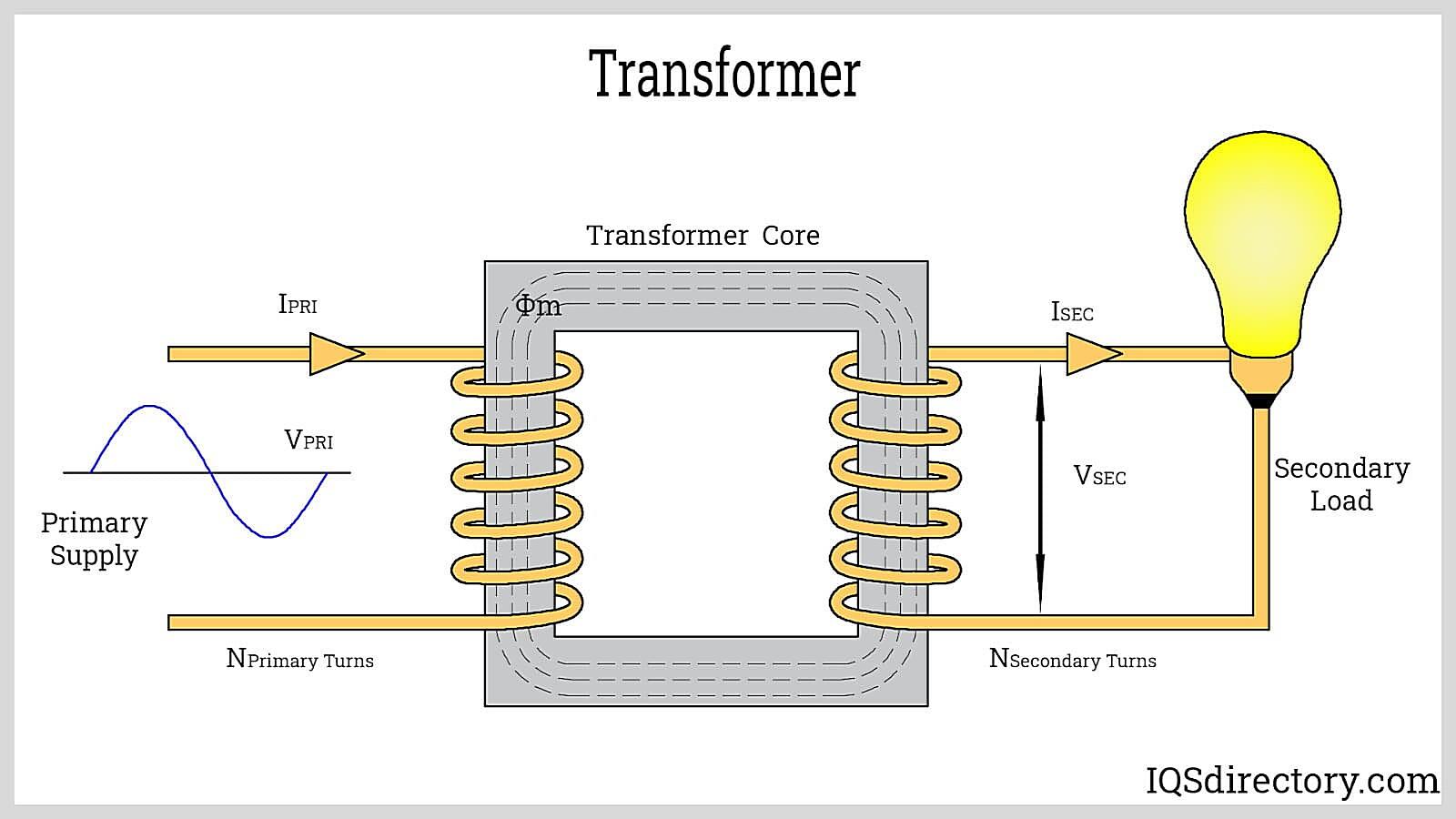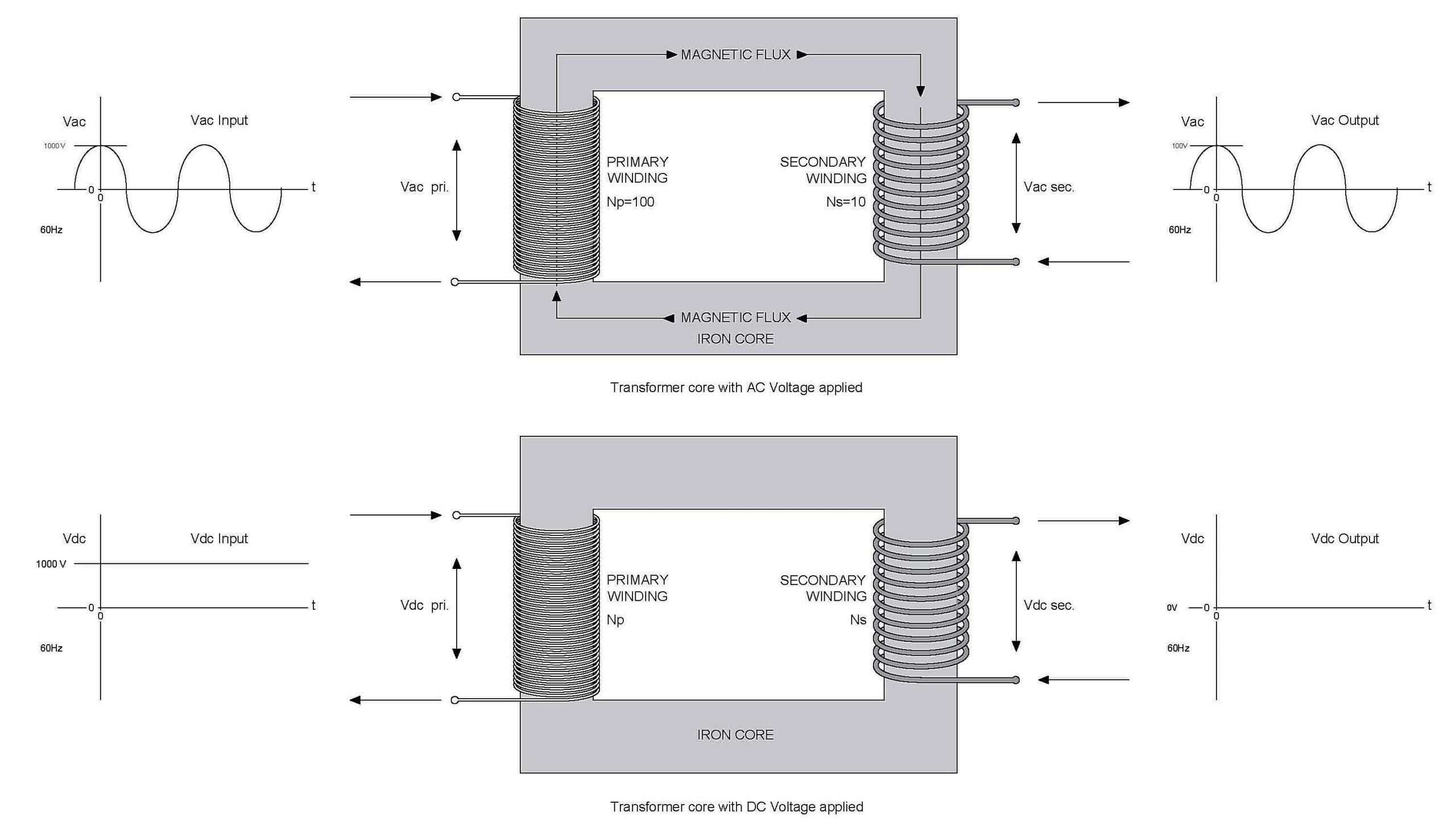The Heart of the Matter
2. Why AC is the Transformer’s Best Friend
To really appreciate why AC is indispensable to a transformer’s operation, let’s zoom in on the phenomenon of electromagnetic induction. Visualize two coils of wire placed close to each other, but not physically connected. One coil (the primary coil) is connected to a source of electricity, while the other (the secondary coil) is connected to a load, like a light bulb.
When AC flows through the primary coil, it generates a magnetic field that is constantly expanding and contracting as the current changes direction. This fluctuating magnetic field then “cuts” across the secondary coil. According to Faraday’s Law of Induction, this cutting action induces a voltage in the secondary coil. And voila! Electrical energy has been transferred from one coil to the other without any direct contact.
Now, picture what happens if we use DC. With DC, the current flows in one direction only. Initially, when you first switch on the DC current to the primary coil, there is a changing magnetic field as the field builds up. This would induce a temporary voltage in the secondary coil. But once the magnetic field stabilizes at its maximum value (when the current is steady), the changing magnetic field ceases, and so does the induced voltage in the secondary coil.
Effectively, a transformer supplied with DC would only produce a brief pulse of voltage when initially switched on, and then nothing. Its like a one-hit wonder of electricity. So, the continuous fluctuation of AC is not just helpful, it’s essential for continuous voltage induction.
